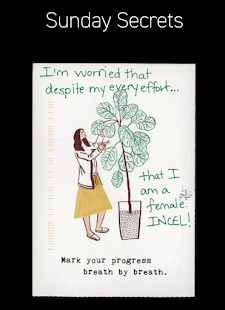Genres of Electronic Literature
The Last Performance [dot org] by Judd Morrissey: https://collection.eliterature.org/2/works/morrissey_lastperformance.html
Electronic literature is a broad category of digital-based writing, typically made on and for the computer and excluding the online publication of print works. This definition, however, cannot be understood without considering the changes that an electronic system causes, particularly regarding the question of genre. Digital literature often includes pieces that wouldn’t be considered literature in the traditional sense – such as interactive fiction, locative narratives, and generative art. Reading such pieces allows us to understand how they are both products of and methods for furthering the broader literary tradition. It also lets us recognize the relationship between electronics and art, aspects which have become increasingly entwined. Writing electronic literature allows us to do both these things, and also has the added benefits of helping us produce creatively, understand systems such as HTML, and ultimately better read digital pieces. One question to consider is how electronic literature is consumed: how are less popular genres distributed and preserved? How do you make sure that people see your piece, especially if the technology you use might be inaccessible in the future?
While discussing the intersections and fluidity of category in digital literature, Scott Rettberg refers to Judd Morrissey’s The Last Performance [dot org] as an example of how presentation method can blur the lines between traditionally separate genres (7-8). My own viewing of the piece reconfirmed this idea; the narrative was eclectic, random, and delightfully odd, not only because of the content but also because it was part performance, part poetry, and part computer program, among others. What’s interesting is that each aspect of the overall composition was itself separate from the others, but because they occurred at the same time, they were able to give the audience a unique, cohesive experience that didn’t fall into any specific category. For instance, the poetry readings, coupled with the changing words and images on the screen, encouraged viewers to locate specific phrases and consider their relationship to the whole. But if you were to try to label even this single interaction as one genre, you would come up blank – because the visual and aural components play off of one another in order to produce a distinct effect. Either element on its own would lose the intended meaning of the project in its entirety.


Hello, I appreciate that in your definition of electronic literature you also include that it undergoes a lot of changes and genres. I also said that being able to write electronic literature allows for more expression and meaning! When I was reading the chapter I was also drawn to this reference. The circular reading on the website is fascinating!
ReplyDeleteI liked how you defined the reading as 'eclectic, random and delightfully odd'. There is definitely a poetic piece to it.
ReplyDelete